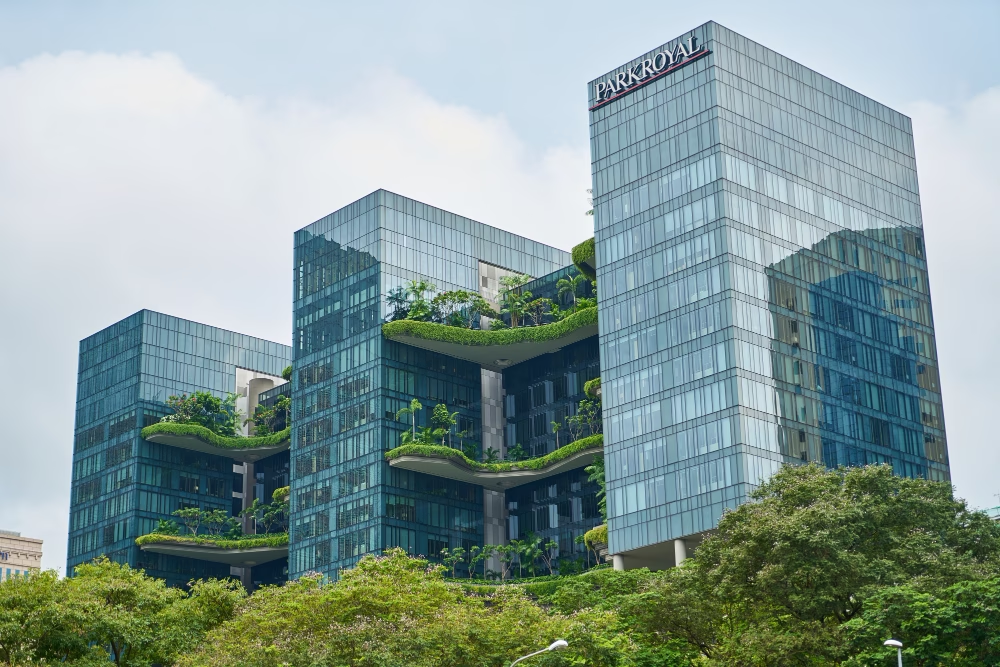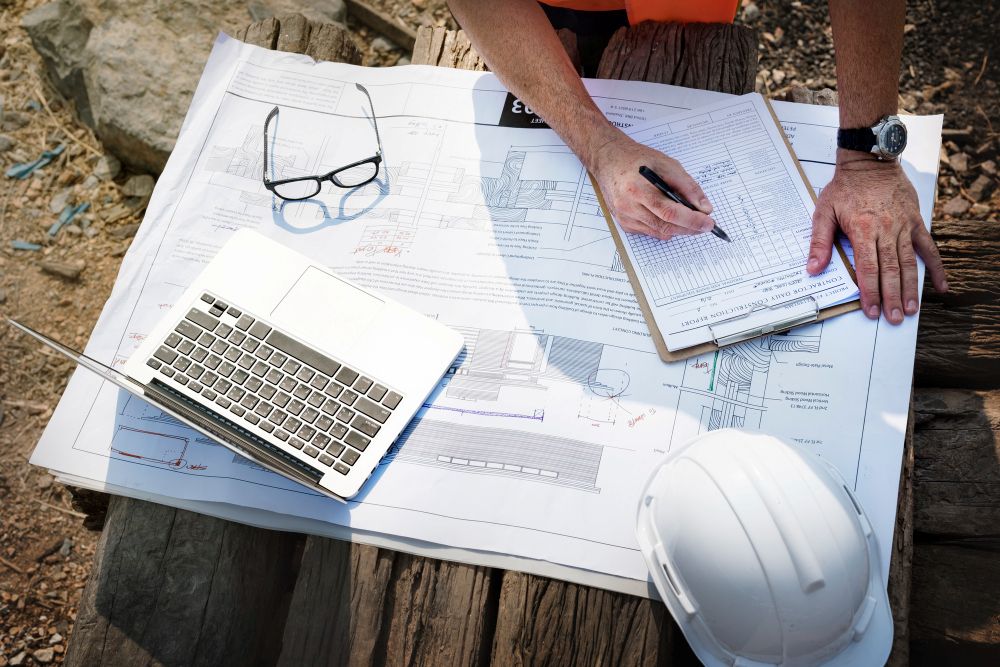
Urban Design Services That Meet Australian Green Building Standards
Discover how urban design services help meet Australian green building standards. Learn how Smart Planning and Design supports sustainable, compliant projects.
read more

Cities worldwide are grappling with a paradox: urban populations are soaring, yet housing remains unaffordable for millions. In Los Angeles, a teacher earning $75,000 a year spends 50% of her income on rent. In Lagos, families of six squeeze into single-room shanties as luxury towers rise nearby. Traditional construction—slow, expensive, and carbon-intensive—can’t keep pace. Enter modular housing, a disruptive approach where homes are factory-built in weeks, not years, and assembled on-site like LEGO blocks. This isn’t just innovation; it’s a necessity for equitable, sustainable cities.
Urbanization is accelerating faster than bricks can be laid. By 2030, the world needs 96,000 new affordable homes every day to shelter 3 billion people. Yet conventional construction lags—delayed by labor shortages, weather disruptions, and outdated zoning codes. In London, building a single apartment takes 18–24 months. In Mumbai, 60% of construction costs go to materials wasted on-site. Modular housing flips this script. Factories churn out precision-engineered units with 90% less waste, slashing timelines and costs. For cities drowning in demand, this isn’t optional; it’s survival.
Imagine a high-rise apartment built not over years, but months. In Singapore, the government’s Housing & Development Board (HDB) constructs 80% of its homes modularly, cutting build times by 40%. Each unit arrives pre-fitted with plumbing, wiring, and energy-efficient windows. But speed isn’t the only win. Modular design democratizes quality: factory-controlled conditions ensure safer labor practices and higher build consistency than chaotic construction sites. For cities like San Francisco—where a 500-square-foot condo costs $1.2 million—modular methods could halve prices while maintaining luxury finishes. Affordable no longer means “cheap”; it means accessible.
Modular housing isn’t just faster and cheaper—it’s greener. Traditional construction generates 30% of global carbon emissions. Modular factories, by contrast, recycle excess materials, use renewable energy, and minimize transport emissions via centralized production. In Sweden, modular developer BoKlok (a Volvo-Skanska joint venture) builds carbon-neutral homes with solar panels and heat pumps pre-installed. Even better, disassembly is designed in: when a family outgrows a unit, modules can be rearranged or recycled, avoiding demolition waste. For climate-vulnerable cities, this circularity is a lifeline.
Despite its promise, modular housing faces hurdles. Zoning codes often ban factory-built homes, while unions resist shifting labor from sites to factories. In New York City, the “Stack” modular high-rise faced delays when local inspectors unfamiliar with the tech demanded redundant checks. Changing this requires bold policy:
When governments partner with innovators—as in Singapore’s HDB model—modular housing scales from pilot to paradigm.
Los Angeles, home to 60,000 unhoused residents, is betting big on modular. In 2023, the city fast-tracked 15 modular projects, including “Hope on Alvarado”—a 15-story supportive housing complex built in 9 months (vs. 3+ years conventionally). Each unit cost $250,000, 30% below market rate, with rooftop solar and earthquake-resistant frames. The secret? A city-led task force that cut red tape, trained inspectors, and partnered with factory networks across Mexico and Texas. The result: 1,200 homeless Angelenos now have homes, proving modular’s power to scale compassionately.
The next wave of modular housing is smarter and more adaptive. Startups like Assembly OSM use AI to customize floorplans based on family size, while robotics firms print modules with recycled plastics. In Amsterdam, “HAUT” towers feature modular units that residents can reconfigure as needs change. Meanwhile, 3D-printed modular homes—like Austin’s “Community First! Village”—cost under $10,000 per unit. For planners and developers, the tools exist to turn housing scarcity into abundance. The question is whether cities will embrace them—or cling to the status quo.
Modular housing isn’t a silver bullet, but it’s the closest we have to one. For mayors drowning in homelessness stats, developers squeezed by material costs, and families priced out of their neighborhoods, it offers hope. By marrying factory efficiency with architectural creativity, cities can build faster, greener, and fairer. The future of urban development isn’t in the past—it’s modular.

Discover how urban design services help meet Australian green building standards. Learn how Smart Planning and Design supports sustainable, compliant projects.
read more

Discover the benefits of mixed-use developments in town planning Australia. Learn how they boost convenience, sustainability, and community connection.
read more

Discover why feasibility studies are essential in town planning Australia. Learn how they save time, reduce risks, and improve approval chances.
read more